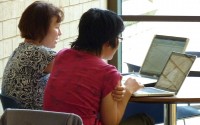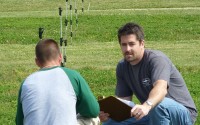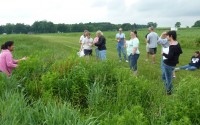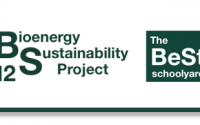Here you will find our Fellow-developed lesson plans that relate to the three categories of protocols we’ve developed: biomass/biodiversity, landscape level, and soils. Each lesson plan takes one or more of those protocols, provides background for teachers and students, and relates the protocol to Michigan grade-level content standards. Introducing the Plots Bioenergy: An Introduction – the what, how, and why of bioenergy Lesson Plan Presentation Slides What makes it all go? Can biofuels do the job? Lesson Plan Part I Lesson Plan Part II Lesson Plan Part III – elementary Presentation Slides Energy Exercise – elementary Energy Exercise – high school BEST Plot Plant Biomass Data – Feb 2012 Michigan Map Fuel Conversion Worksheet Fun with fermentation: How cellulose becomes ethanol Lesson Plan Presentation Slides Plant Biodiversity Protocols Biodiversity: It’s all connected! – exploring biodiversity and organisms’ interactions with their environments How […]
 Here you will find the protocol for fertilizing the GK-12 BEST fertilization treatment plots. We want to test hypotheses about how fertilization influences plant productivity and diversity and how fertilization treatment effects might relate to soil properties and to invertebrate abundance and diversity on the plots. Each block has 8 plots, 4 of which will receive fertilization. Fertilization begins in year two after establishment (Spring 2012).
Here you will find the protocol for fertilizing the GK-12 BEST fertilization treatment plots. We want to test hypotheses about how fertilization influences plant productivity and diversity and how fertilization treatment effects might relate to soil properties and to invertebrate abundance and diversity on the plots. Each block has 8 plots, 4 of which will receive fertilization. Fertilization begins in year two after establishment (Spring 2012).







